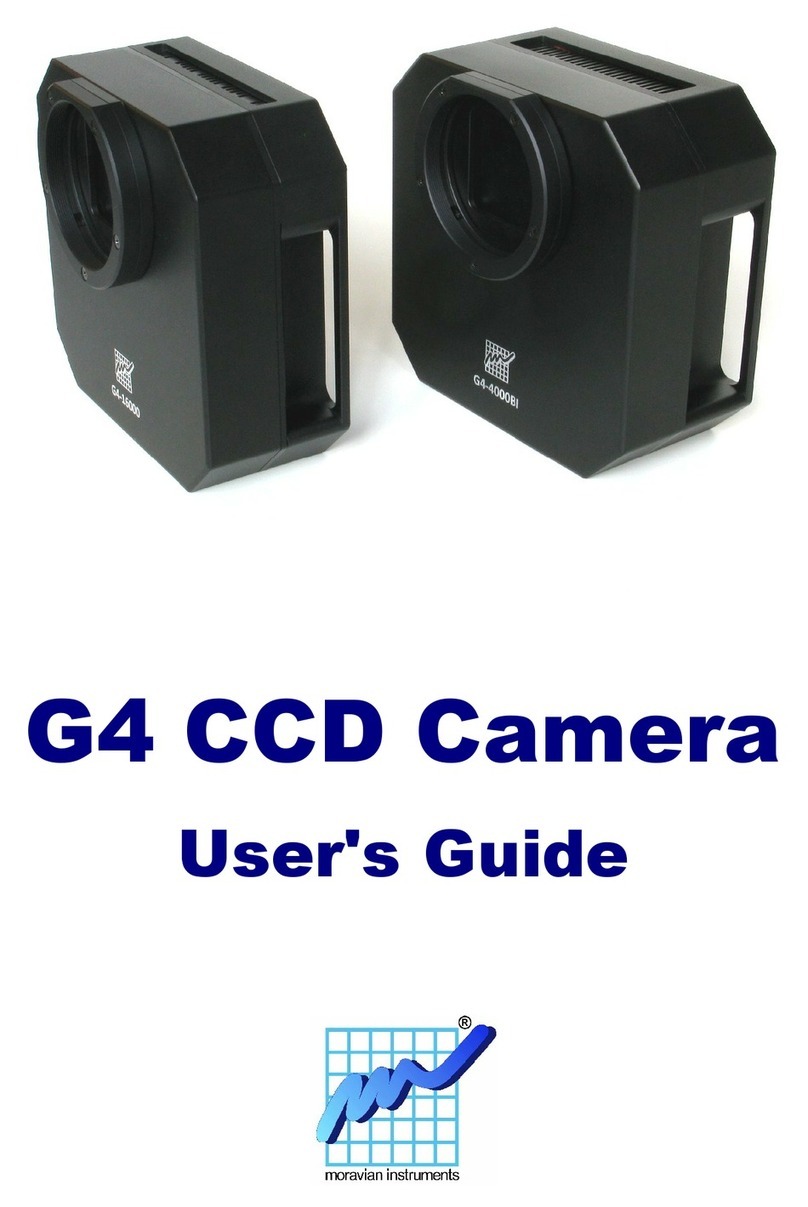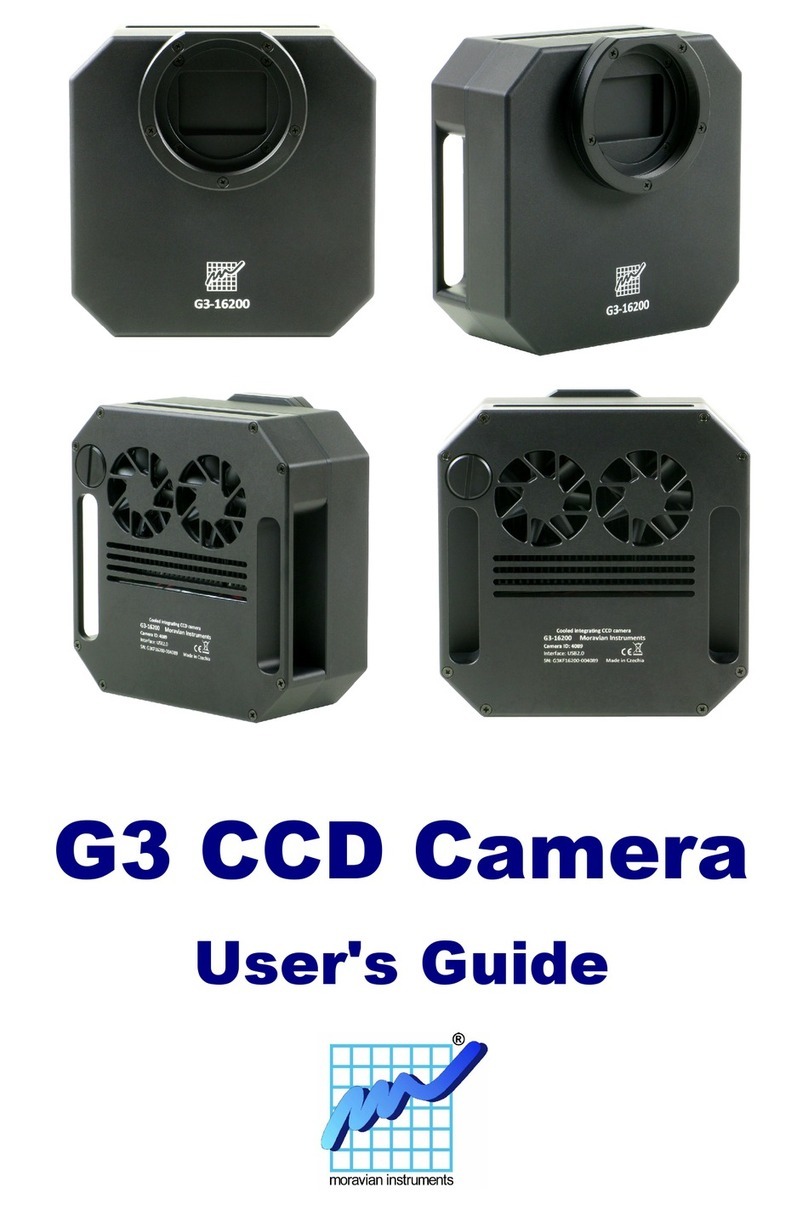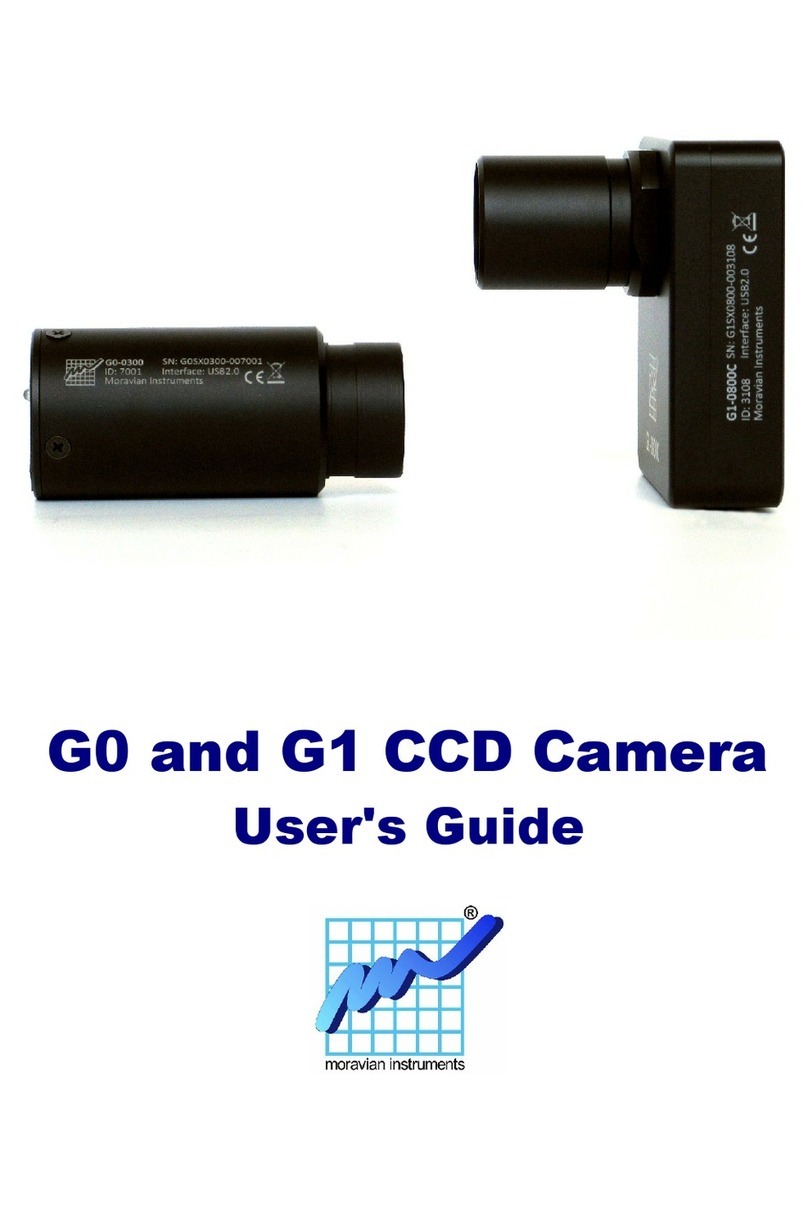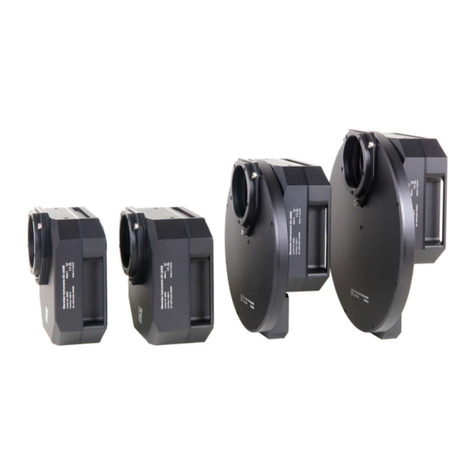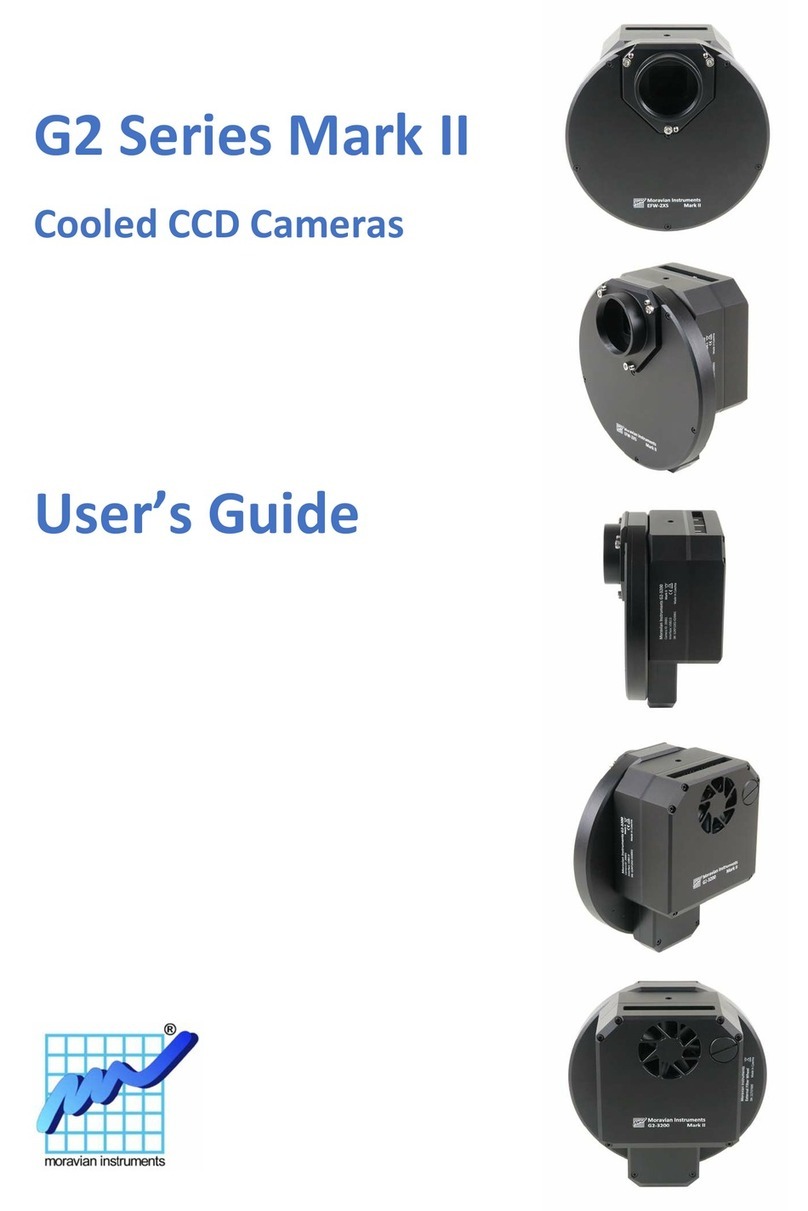Table of Contents
Introduction....................................................................................................4
G2 Camera Overvie .....................................................................................6
CCD and Camera Electronics.........................................................................9
CCD Chip...............................................................................................12
Model G2-0402.................................................................................13
Model G2-1600.................................................................................13
Model G2-3200.................................................................................14
Model G2-8300.................................................................................14
Model G2-2000.................................................................................14
Model G2-4000.................................................................................15
Camera Electronics.................................................................................15
Model G2-0402.................................................................................16
Model G2-1600.................................................................................16
Model G2-3200.................................................................................17
Model G2-8300.................................................................................17
Model G2-2000.................................................................................17
Model G2-4000.................................................................................17
CCD Cooling and Po er Supply..................................................................18
Po er Supply..........................................................................................18
Mechanical Specifications............................................................................21
Telescope adapters..................................................................................23
Camera Maintenance....................................................................................26
Desiccant exchange................................................................................26
Changing the silica-gel......................................................................27
Changing Filters......................................................................................29
Opening the camera head..................................................................29
Changing the Whole Filter Wheel..........................................................31
Changing the Telescope Adapter............................................................31
Po er Supply Fuse.................................................................................31
G2 Camera Revisions...................................................................................32
Revision 1...............................................................................................32
Revision 2...............................................................................................32
Revision 3...............................................................................................33
Revision 4...............................................................................................34
